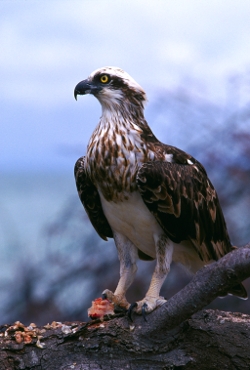|
|
WetlandUpdate 14 December 2016The Wetlands in the Great Barrier Reef Catchments Management Strategy 2016–21The Reef 2050 Long Term Sustainability Plan (Reef 2050 Plan) recognises the value of wetlands in contributing to reef resilience and ecosystem health, and highlights that there has been a decline in ecosystem processes that are important for maintaining water quality. The Wetlands in the Great Barrier Reef Catchments Management Strategy 2016–21 supports the Reef 2050 Long term Sustainability Plan and the Reef Water Quality Protection Plan 2013, setting out a framework for the improved management of the wetlands of the Great Barrier Reef catchments. The Strategy recognises that wetlands, catchments and the Reef are interconnected and a healthy reef is dependent on effective management and wise use of wetlands and their catchments. WetlandUpdateThe WetlandUpdate is a regular bulletin sent to subscribers to provide them with the latest WetlandInfo resources and tools, as well as case studies, video information and new project fact sheets. View all of the previous WetlandUpdates WetlandInfo feedback and improvementsSend us your useful wetland information and links to add to WetlandInfo. Do you have a wetland question you just can't answer? Email us WetlandInfo feature birdOur WetlandInfo feature bird is Pandion cristatus, commonly known as the osprey, sea hawk, fish eagle or fish hawk. They are fish-eating birds of prey that are found on all continents except for Antarctica. Typically an Ospreys diet consists of 99% fish. Unlike some other sea birds that use their beaks for fishing, ospreys make use of sharp spicules on their feet to help grip slippery fish. An osprey’s muscular legs allow them to carry fish that weight up to 2kg—heavier even than itself! Ospreys have been known to build their nests in forks of trees, rocky outcrops, on top of utility poles, buoys and occasionally ship masts. Mating pairs of osprey stay together for life. A well-known mating pair that has lived on Green Island for many years has raised several generations of offspring. WetlandInfo updates this section regularly, so keep your eyes and ears open! For more information on wetland birds, visit Birdlife Australia, Atlas of http://bie.ala.org.au/search?q=ospreyLiving Australia or the Queensland Wader Study Group website, or view species profiles in your area using WetlandSummary. Last updated: 14 December 2016 This page should be cited as: Department of Environment, Science and Innovation, Queensland (2016) WetlandUpdate 14 December 2016, WetlandInfo website, accessed 8 May 2025. Available at: https://wetlandinfo.des.qld.gov.au/wetlands/resources/publications/latest-news/2016-12-19.html |

 — Department of the Environment, Tourism, Science and Innovation
— Department of the Environment, Tourism, Science and Innovation


